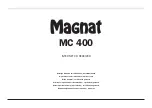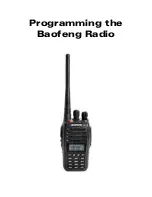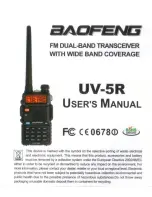
32
Method of terrestrial television broadcast signal delivery used since the
middle of the 20th century. The switch-over to digital television means that
analogue television is expected to disappear in the next few years.
Number allocated to a frequency band. In the case of the UHF band, the
channels are numbered from 21 to 69.
Pylon fitted with a large number of aerials, which retransmits a wide range
of channels (digital or analogue). Your aerial must point towards this
transmitter. Please note that a transmitter may not relay all the channels
available.
EPG: Acronym of Electronic Program Guide.
Non-subscription and unscrambled television channels. Your Zapbox
twin terminal is designed to receive all unscrambled terrestrial digital and
satellite channels, and exclusively those channels.
Group of terrestrial channels broadcasted onto a single frequency, i.e.
on the same UHF channel number. This is equivalent to a transponder in
satellite television broadcasting.
Type of broadcast signal used in modern transmissions. It uses up less
space than analogue broadcasting in the spectrum. Digital television can
carry more channels in the same amount of bandwidth than analogue
television ever could. Cable and satellite TV has already been using
digital channels for a few years. They will eventually replace analogue
channels in terrestrial transmission. Please note that some channels (for
ex., BBC1) can be broadcasted in both analogue and digital format.
Number which helps identify specific data (audio, video, clock) in a digital
data flow.
Orientation of the wave sent by the transmitter. Most UHF transmissions
use horizontal polarization, which means that the elements of your aerial
need to horizontal.
In this context, refers to the transmission of programs over-the-air (OTA),
as opposed to via «cable» or «satellite».
Acronym of Digital Terrestrial Television, i.e. Freeview, for FTA inUK.
Analogue
Channel number
Transmitter
EPG
Free-to-air (FTA)
Multiplex
broadcast
Digital
PID
Polarization
Terrestrial
DTT
Glossary













































